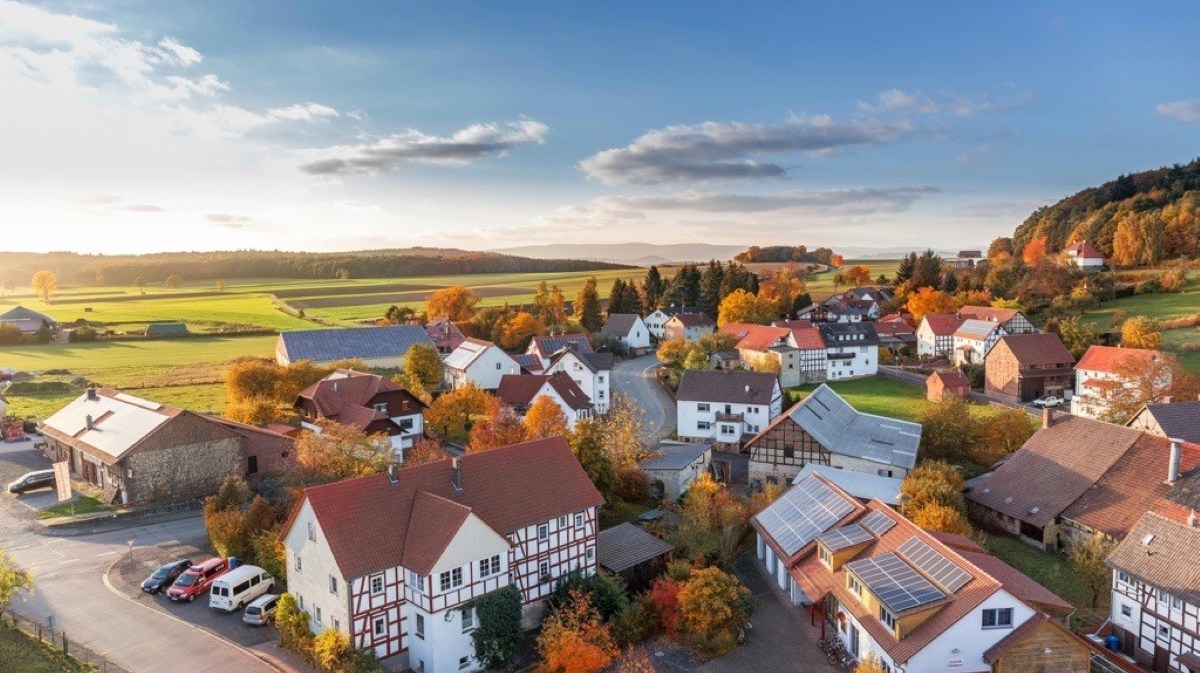Since the 18th century, each technological revolution has led to improvements in the wealth of countries and the living standards of their populations. Advances in production systems, innovation and the emergence of new industries have gradually poured their benefits throughout the economy and society.
Today, we are experiencing a new revolution driven by high-capacity, high-speed connectivity -5G and fibre- which serves as the foundation for the development and application of new technologies -such as artificial intelligence or the Internet of Things-. This is an unprecedented transformation. Unlike previous revolutions, it has occurred in just a few decades, is global in scope, and is developing virtually homogeneously across all regions. The speed and scale of this transformation is reflected in higher and better levels of prosperity for countries and people.
The large-scale impact of connectivity: economic prosperity and sustainable development
According to the World Bank, over the past decade the digital economy has grown more than twice as fast as the economic activities of “physical world”, accounting for more than 15% of global GDP.
In this context, with a focus on connectivity, the GSMA estimates that the European mobile industry’s value added was 4.3% of GDP in 2022, approximately EUR 910 billion, supporting the creation of 1.3 billion jobs directly and 900,000 indirectly. By 2030, this contribution is expected to reach EUR 1 trillion, and 5G connectivity and services are expected to generate economic benefits of EUR 153 billion in economic benefits in Europe.
Connectivity not only drives economic prosperity, but also promotes a fairer society by facilitating access to information and the provision of public services. Furthermore, it contributes to transforming industries, driving digital innovation and opening up new avenues of sustainable development for people, planet and prosperity.
More precisely, on the environmental matters, continuous innovations in mobile and fixed networks has enabled to reduce energy consumption by 9% over the last eight years, despite a nine-fold increase in traffic. Similarly, Ericsson estimates that the application of connectivity-enabled ICT solutions will contribute to a 15% reduction in global carbon emissions by 2030.
The small-scale impact of connectivity: social welfare
Enhancing the deployment of high-quality networks and a strong and innovative telecommunications sector is essential. Thanks to the availability and continuous technological evolution, connectivity provides society with innovations that contribute to the quality of life of people.
Among other things, the smart and connected transformation of economic sectors enables the provision of new and improved services and products with significant benefits for citizens. For example, the digitalisation of healthcare (or eHealth) through connected electronic devices -such as smartwatches- makes it possible to monitor vital signs and send emergency alerts in serious situations where direct communication is not possible. Smart buildings are another example. Centralised management through a digital platform and connected electronic devices improves security management in the home and optimises the use of resources such as electricity or water, which translates into lower economic costs.
On the other hand, the online provision of work and education creates greater opportunities for citizens who face complexities due to their availability of time, economic resources or distance. In addition, the inclusion of people with disabilities or cognitive difficulties is promoted thanks to the accessibility aspect of digital services and technologies.
In the field of sustainability, connectivity has enabled the application of digital solutions that allow for a more efficient use of resources through the use of smart metering and management systems. This supports decarbonization, the circularity of economic sectors, and the development of climate change mitigation strategies, all of which positively impact people’s quality of life and the environment in which they live.
Telefónica’s use case with Redeia is an example of how the digitalisation of the energy transmission system has contributed to the decarbonisation of the electricity system. Meanwhile, Telefónica Tech’s projects with Grupo Álava and Global Omnium are examples of promoting the circular economy through the application of digital solutions. In the first case, the installation of a predictive maintenance platform, supported by sensors and 5G, anticipates possible breakdowns and specifically detects where they occur, allowing equipment to be repaired quickly, reducing avoidable waste and extending the life of the equipment. In the second case, Global Omnium is using smart meters for early detection of leaks or faults in the distribution system, reducing water waste.
Finally, connectivity can save lives and mitigate damage in the event of natural disasters caused by climate change. Thanks to the capillarity of mobile networks, they are a key channel in early warning systems that can alert people in the affected area to imminent danger within seconds.
The data and use cases provided are just some examples illustrating positive impacts of connectivity on the prosperity and sustainability of countries, businesses and individuals. All in all, to enhance welfare it is therefore essential to promote the deployment of efficient, state-of-the-art networks, as well as to ensure that the population has the opportunity to fully benefit from the advantages offered by digital connectivity and technologies.











